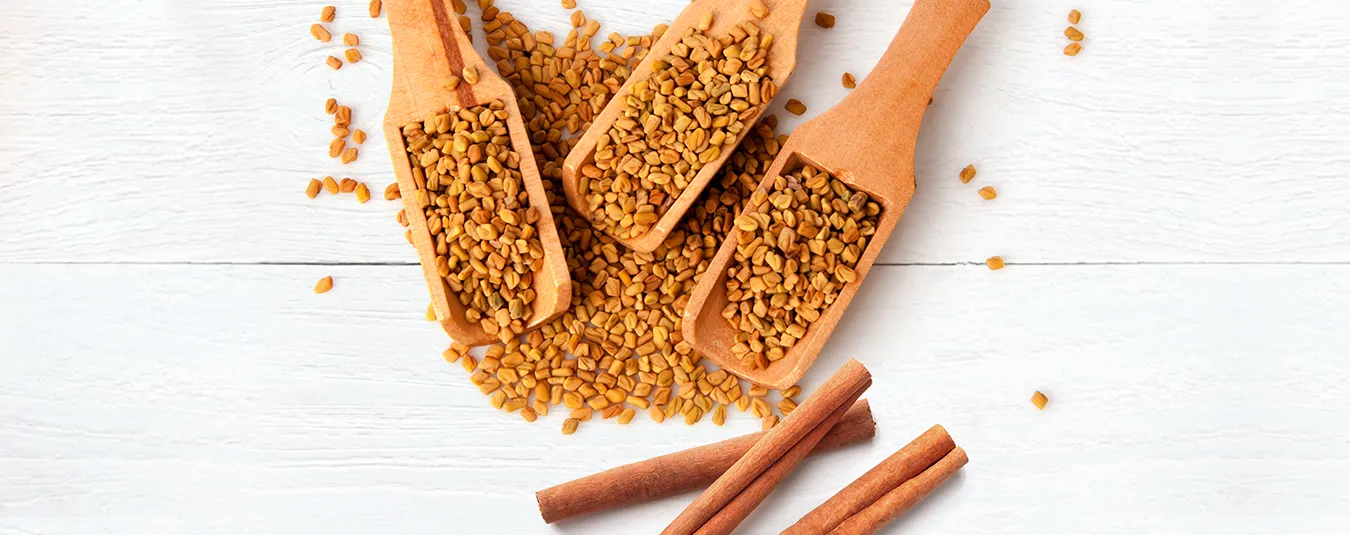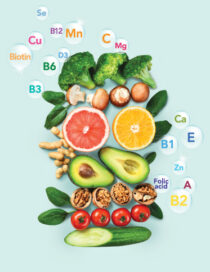Diabetes On the Rise
Diabetes is rising at an alarming rate worldwide. According to the International Diabetes Federation, in 2025 there are 589 million adults (aged 20 to 79) living with diabetes, which is 1 in 9 people. This figure is projected to soar to 853 million by 2050. Even more concerning, diabetes was responsible for 3.4 million deaths in 2024, claiming one life every 9 seconds.
Closer to home, Malaysia has one of the highest rates of diabetes in Asia. In 2018, around 1 in 5 Malaysian adults were reported to have the disease, while the National Health and Morbidity Survey (NHMS) 2019 revealed that an estimated 3.9 million Malaysians aged 18 and above are living with diabetes.
What is diabetes?
When carbohydrates are digested, they are broken down into glucose, which is absorbed into the bloodstream. Rising glucose levels trigger the pancreas to release insulin, a hormone that helps move glucose into cells to be used for energy. Once this happens, blood sugar levels gradually fall.
Diabetes is a chronic condition in which this process is impaired, leading to persistently elevated blood sugar levels. In type-1 diabetes, the pancreas produces little or no insulin. In type-2 diabetes, which is more common, either the pancreas does not produce enough insulin, or the body’s cells become resistant to insulin’s effects, causing glucose to build up in the bloodstream.
Are You at Risk?
Type-2 diabetes makes up over 90% of all diabetes cases. It commonly develops in adults over 40, especially those who are overweight, but younger individuals are increasingly being diagnosed as well.
Your risk of developing diabetes is higher if you are over 45 years old, overweight, physically inactive, or have a family history of the disease. Left unmanaged, diabetes can lead to severe complications such as heart attack, stroke, kidney failure, nerve damage, blindness, and even amputation.
Warning signs of type-2 diabetes often develop slowly. Symptoms include persistent thirst, frequent urination, unexplained weight changes, numbness or tingling in the hands and feet, blurred vision, slow wound healing, and extreme fatigue.
Controlling Blood Sugar Levels
Although there is currently no cure for diabetes, lifestyle changes can help manage or even prevent type-2 diabetes. Maintaining a healthy weight, eating a balanced diet, exercising regularly, and quitting smoking all play an important role in lowering your risk.
Hypoglycemic herbs may also support better blood sugar control.
a) Fenugreek seeds provide soluble fibre that slows carbohydrate absorption, helping to reduce blood sugar spikes.
b) Cinnamon contains compounds that mimic insulin, improving glucose uptake by cells.
c) Bitter melon supports insulin secretion and beta cell regeneration.
d) Gymnema sylvestre, nicknamed the “destroyer of sugar,” helps suppress sugar cravings.
e) Turmeric offers anti-inflammatory and antioxidant benefits that counter diabetes-related stress.
f) Banaba leaf, rich in corosolic acid, promotes better glucose regulation.
With consistent lifestyle habits and the right nutritional support, it is possible to keep blood sugar under control and enjoy a healthier, more balanced life.














